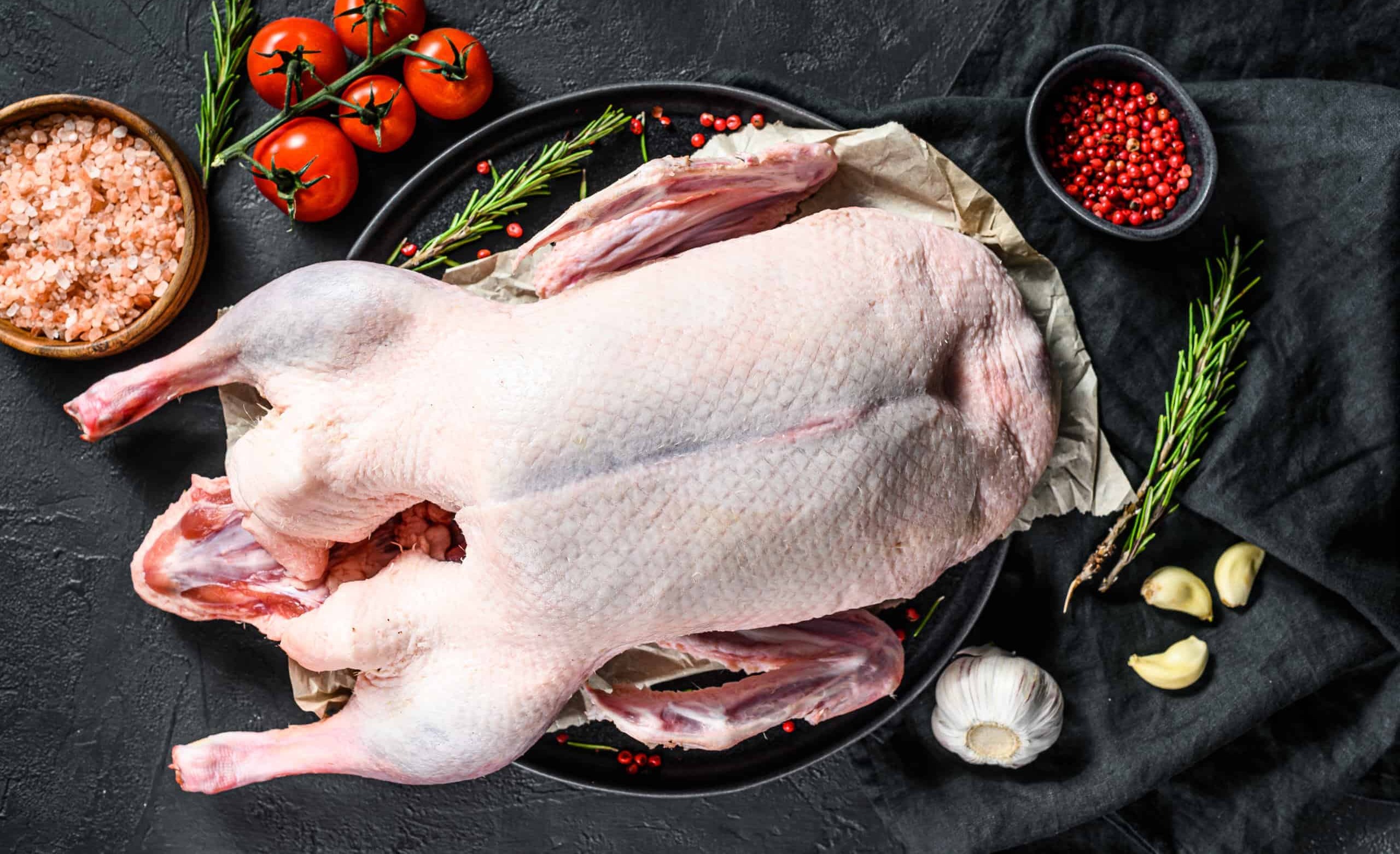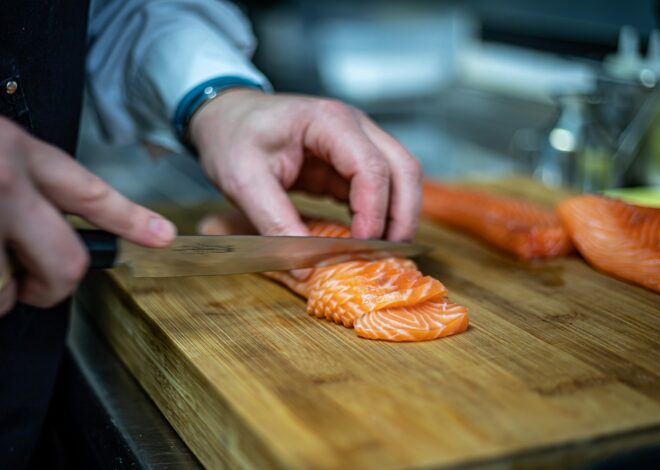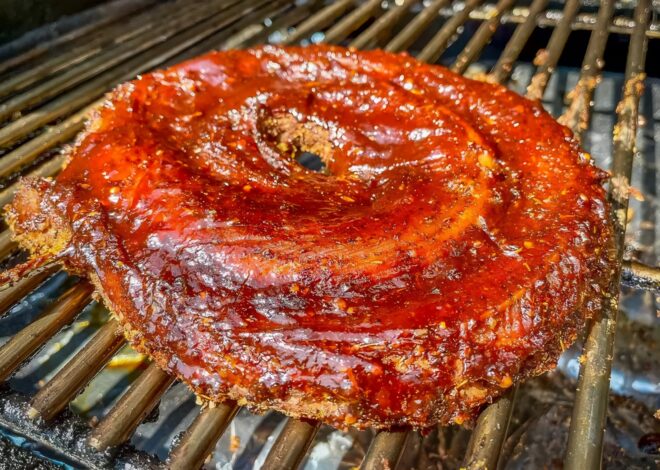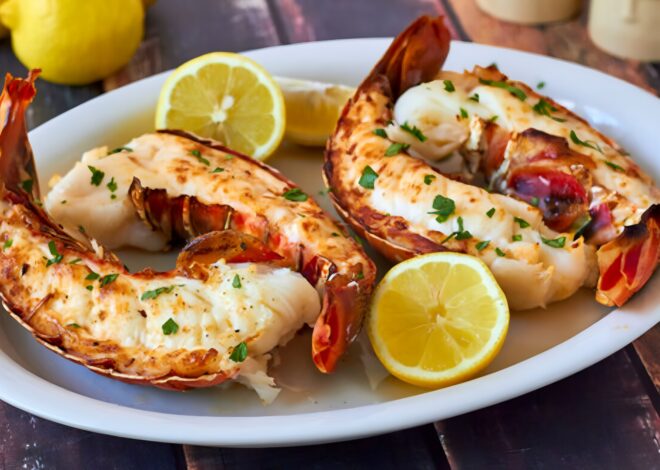
How To Cook Wild Duck
Whether you’re an experienced chef or a curious foodie, learning how to cook wild duck can elevate your dinner table. Wild duck hunting is a cherished tradition for many, offering not just sport but also the promise of delicious meals. The allure of cooking wild duck goes beyond its rich flavor; it connects us to nature and our culinary roots.
In this guide, we’ll explore everything you need to know about preparing this game bird—from understanding the varieties available to mastering essential cooking techniques. You’ll discover that cooking wild duck isn’t just about feeding yourself; it’s an adventure filled with new flavors and experiences. Ready to embark on this culinary journey? Let’s dive in!
Benefits of Cooking Wild Duck
Cooking wild duck offers a rich culinary experience. The flavor is robust, often described as deeper and more complex than farm-raised varieties. This distinct taste can elevate any dish. Nutritionally, wild duck is leaner and has less fat compared to domestic birds.
It’s packed with protein and essential vitamins, making it a healthy choice for meals. Sourcing wild duck supports sustainable practices. Many hunters prioritize ethical hunting methods that contribute to wildlife management. Moreover, cooking wild duck creates an opportunity to connect with nature.
It invites you into the world of foraging and preparing your meal from field to fork. Experimenting with this game bird can enhance your culinary skills too. Each recipe allows for creativity in flavors and techniques, offering a delightful challenge in the kitchen.
The Beauty and Challenge of Wild Duck Cooking
Cooking wild duck is both an art and a science. Its rich flavor sets it apart from farmed poultry, presenting a unique culinary experience. This distinct taste comes from the bird’s natural diet and lifestyle, which can vary widely depending on its habitat.
However, this beauty brings challenges. Wild ducks can be tougher than domesticated birds. Proper cooking techniques are essential to ensure tenderness without compromising flavor. Every step matters—from sourcing the right duck to mastering preparation methods like brining or marinating. Each choice influences the final dish’s success.
Embracing these challenges invites creativity in the kitchen. Experiment with various marinades and spices that complement wild game while allowing its inherent flavors to shine through. The journey of cooking wild duck becomes as rewarding as the meal itself, encouraging cooks to refine their skills continuously.
Understanding the Different Types of Wild Duck
Understanding the different types of wild duck is essential for both hunting and cooking. The most common varieties include Mallard, Wood Duck, and Pintail. Each brings unique flavors and textures to your table. Mallards are perhaps the most recognized type.
They have a rich, robust taste that adapts well to various cooking methods. Their versatility makes them a favorite among chefs. Wood Ducks are smaller but pack a punch with their sweet meat. Their tender flesh pairs beautifully with fruits like apples or berries in savory dishes.
Pintails offer a more delicate flavor profile, perfect for gourmet recipes that highlight their subtlety. These ducks can elevate your dining experience when prepared thoughtfully. Knowing these distinctions helps you choose the right type of duck for your meal or outdoor adventure, ensuring an enjoyable culinary journey every time you cook wild duck.
Benefits of Cooking Wild Duck
Cooking wild duck offers a delightful experience for any culinary enthusiast. Its rich and distinct flavor sets it apart from farm-raised poultry, providing an adventurous alternative to traditional meats. Nutritionally, wild duck is leaner than domestic varieties.
It’s packed with protein and contains beneficial vitamins and minerals. This makes it a healthier option for those looking to enhance their diet without sacrificing taste. Additionally, cooking wild duck supports sustainable practices. By utilizing game meat, you contribute to wildlife management efforts while enjoying natural foods free of harmful additives.
Moreover, the thrill of hunting your own duck adds an element of pride to your meal preparation. Each dish becomes more meaningful when you know where the ingredients come from. Experimenting with various recipes allows home cooks to expand their skills in unique ways by exploring diverse flavors that complement this exquisite ingredient.
Cleaning the Wild Duck
Cleaning a wild duck is essential for ensuring a delicious meal. Start by gathering your tools: a sharp knife, cutting board, and gloves if you prefer. Begin with removing the feathers. Hold the bird firmly and pull them out in small patches to avoid tearing the skin.
This can be messy but is part of the process. Next, make a careful incision around the vent area to prevent any contamination from internal organs. Remove the entrails gently; this requires some finesse to avoid puncturing any organs. Once cleaned, rinse the duck thoroughly under cold water.
Pay attention to all cavities, as residual blood or debris can affect flavor later on. Pat it dry with paper towels before moving on. A clean bird sets up your dish for success right from the start!
Preparing Wild Duck for Cooking
Preparing wild duck for cooking is a rewarding process that enhances the flavor of your dish. Begin by thoroughly rinsing the bird under cold water to remove any residual blood or debris. This simple step ensures you start with clean meat.
Next, consider removing excess fat around the cavity and joints. Wild ducks often have a layer of rich fat that can overpower their natural flavors if left intact. Once cleaned, pat the duck dry with paper towels. Dry skin helps achieve that coveted crispy texture during cooking.
For added depth, marinate your duck in a blend of herbs and spices for several hours or overnight. A mixture of garlic, rosemary, and citrus works wonders. Make sure also to score the skin lightly without cutting into the meat itself; this allows rendered fat to escape while enhancing crispiness later on when it cooks.
Essential Tools and Techniques for Cooking Wild Duck
Cooking wild duck requires a few essential tools to ensure the best results. A sharp knife is key for proper cleaning and portioning. Invest in a good set of kitchen shears, as they can help with cutting through bones and joints efficiently. An instant-read meat thermometer is another must-have.
Wild duck needs careful temperature management to avoid overcooking, which can lead to dryness. Aim for an internal temperature of around 135°F for optimal juiciness. Don’t forget about your cooking equipment. A heavy skillet or cast-iron pan works wonders for searing the skin until crispy. Alternatively, a slow cooker can yield tender results if you prefer braising.
Marinating containers are also important; wild duck benefits from soaking in flavorful mixtures before cooking. This helps infuse moisture and enhances its unique taste profile while providing depth that elevates your dish significantly.
Delicious Recipes for Cooking Wild Duck
Cooking wild duck offers endless culinary possibilities. A classic option is roasted wild duck with herbs. Coat the bird in olive oil, season generously with salt and pepper, and stuff it with rosemary and garlic before roasting to perfection. For a more adventurous twist, try a spicy duck curry.
Sauté onions, ginger, and garlic in coconut oil. Add diced tomatoes and your favorite spices before introducing tender pieces of wild duck into the mix. Let it simmer until flavors meld beautifully. If you’re looking for something lighter, consider a salad featuring grilled duck breast slices atop mixed greens drizzled with balsamic vinaigrette. The smoky flavor pairs wonderfully with fresh vegetables.
Don’t forget about confit! Slow-cook the legs in their own fat until they are meltingly tender—perfect for tacos or on toasted bread with fig jam. Each recipe highlights the unique taste of wild duck while showcasing its versatility in various cuisines.
Tips for Enhancing the Flavor of Wild Duck
To elevate the flavor of wild duck, start with a good marinade. Ingredients like citrus juices or balsamic vinegar can tenderize and infuse your meat. Consider using aromatic herbs such as rosemary, thyme, or sage. They complement the rich taste beautifully. A sprinkle of garlic adds depth too.
During cooking, don’t shy away from fat. Rendering duck fat creates a crispy skin while keeping the meat moist. Basting with this rendered fat enhances both texture and taste. Smoke is another fantastic way to deepen flavors. If you have access to wood chips, consider smoking your duck for an unforgettable twist.
For a finishing touch, glaze your cooked duck with honey or a fruit-based sauce to balance the savory notes with sweetness. This contrast makes each bite memorable and deliciously complex.
Pairing Wine with Your Wild Duck Dish
Pairing wine with wild duck can elevate your dining experience. The rich, gamey flavors of the meat call for wines that complement its robust character. A full-bodied red wine is often a great choice. Look for options like Cabernet Sauvignon or Syrah, which add depth and richness.
Their tannins balance well against the savory notes of the duck. If you prefer white wine, consider a Chardonnay or Viognier. These varietals offer fruitiness that contrasts nicely with the gamey taste while enhancing its natural sweetness. Don’t forget about regional pairings!
If you’re serving a dish inspired by specific cuisine, match it with local wines to create harmony on your plate. Experimentation can lead to delightful surprises too. Trust your palate and enjoy discovering what works best for you and your guests as you savor each bite alongside every sip.
Safety Precautions When Handling and Cooking Wild Duck
When handling wild duck, safety should always come first. Start by using gloves to prevent direct contact with raw meat. This helps reduce the risk of cross-contamination in your kitchen. Make sure to keep all surfaces clean and sanitized. Use separate cutting boards for raw duck and other ingredients.
This simple step can minimize the chances of foodborne illnesses. Always cook wild duck thoroughly to an internal temperature of at least 165°F (74°C). Using a meat thermometer is essential to ensure it’s safe for consumption. After cooking, let the duck rest before serving.
This allows juices to redistribute, making it more flavorful while also ensuring even cooking throughout the meat. Wash your hands frequently during every stage of preparation and cooking. Good hygiene practices are key when working with any type of poultry.
Conclusion: Cooking Wild Duck
Cooking wild duck can be a rewarding experience that brings unique flavors and textures to your dining table. By understanding the nuances of this game bird, you open up a world of culinary opportunities. From selecting the right type of duck to mastering cleaning techniques and exploring various recipes, each step enhances your cooking skills.
Embrace the beauty and challenge that comes with preparing wild duck. Experiment with different methods and ingredients to make each dish your own. Don’t forget about safety precautions; they are crucial when handling any game meat.
With practice, you’ll find joy in crafting delicious meals that impress family and friends alike. The rich taste of wild duck paired with complementary wines makes for an unforgettable dining experience worth sharing again and again. So grab your gear, gather some fresh ingredients, and dive into the art of cooking wild duck!



